Equine
A Horse for Every Hero- Part 2
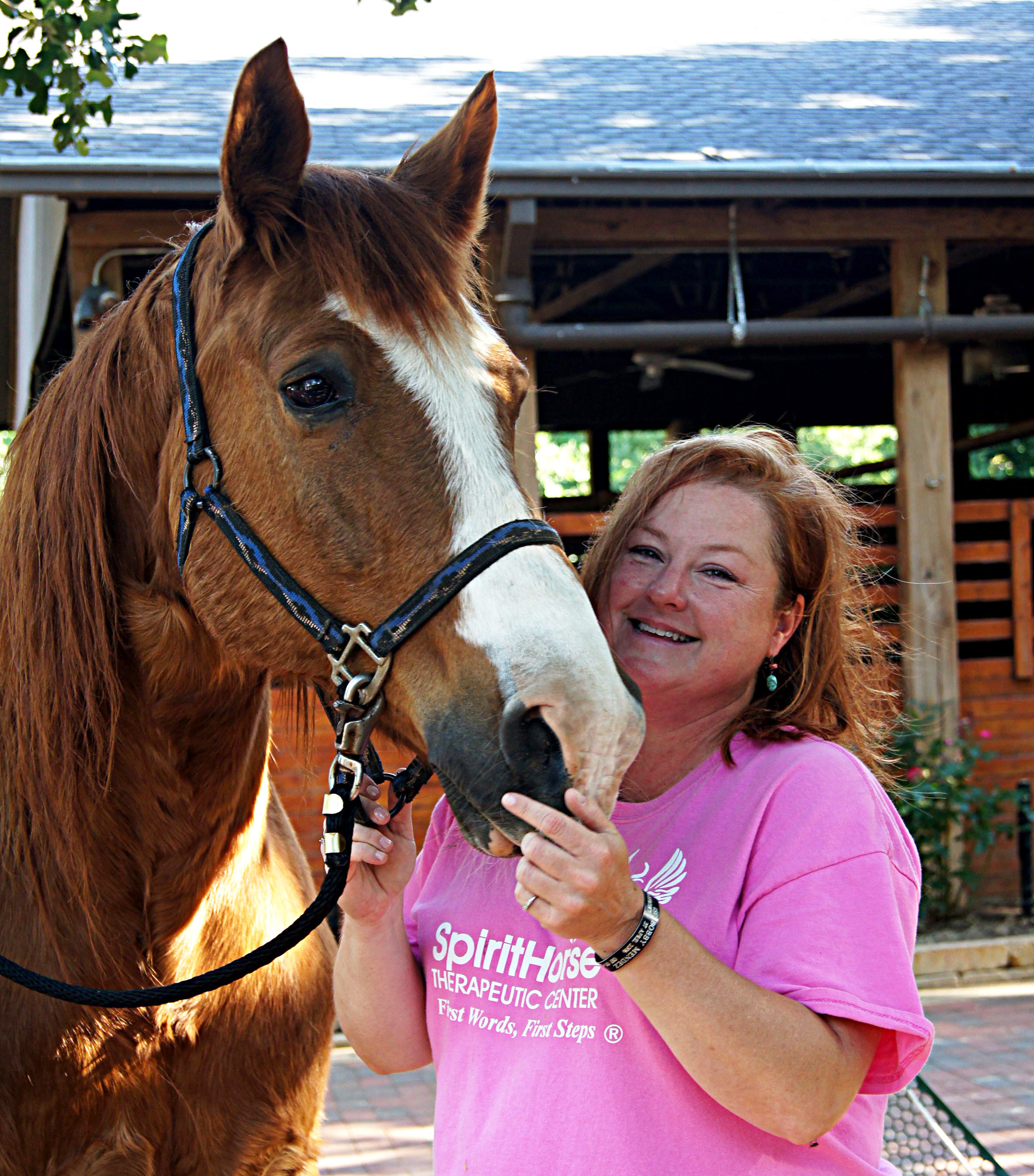
By contributing writer Martin Aldridge
Over the years Morgan helped out any way she could, helping start the Peer 2 Peer support group at SpiritHorse and with special events at the Ballpark in Arlington, Cowboys Stadium, numerous barbeques, and face paintings and piñatas for any event involving kids, says Wayne. But veterans sometimes need to help themselves, so when Morgan called and said, “I need to ride” after having a particularly bad day, Wayne went and asked the owner if she could.
Usually a volunteer is not allowed to ride until they receive proper training, but all the owner said when Wayne explained the situation to him was, “Go saddle up Zen.”
The big Friesian was the horse Merissa had bonded with most. “Zen would just drop his head and pull you in,” says Wayne. “(Horses) can sense your feelings and they just have such a wonderful way of calming you down.”
SpiritHorse was founded in Corinth over a decade ago by Charles Fletcher with the goal to provide therapeutic riding for individuals with special needs, all at no cost. Fletcher, a lifelong horseman who has over 50-years’ experience in training and showing a variety of horses in a variety of events, is a big believer in the ability of horses to change people’s lives. There are now about 80 SpiritHorse facilities located in North America, Europe, South America, and Africa.
Fletcher, who founded the Center after he retired, also specializes in rehabilitating abused horses. Such was the case with two Hanoverians from Germany, the aforementioned Rossini and a mare called Zoe. Both horses would have a profound impact on Wayne. To read more pick up the July 2014 issue of North Texas Farm & Ranch.
Equine
Tuff Enough: Tuff Hardman Wins Big At Cheyenne Frontier Days
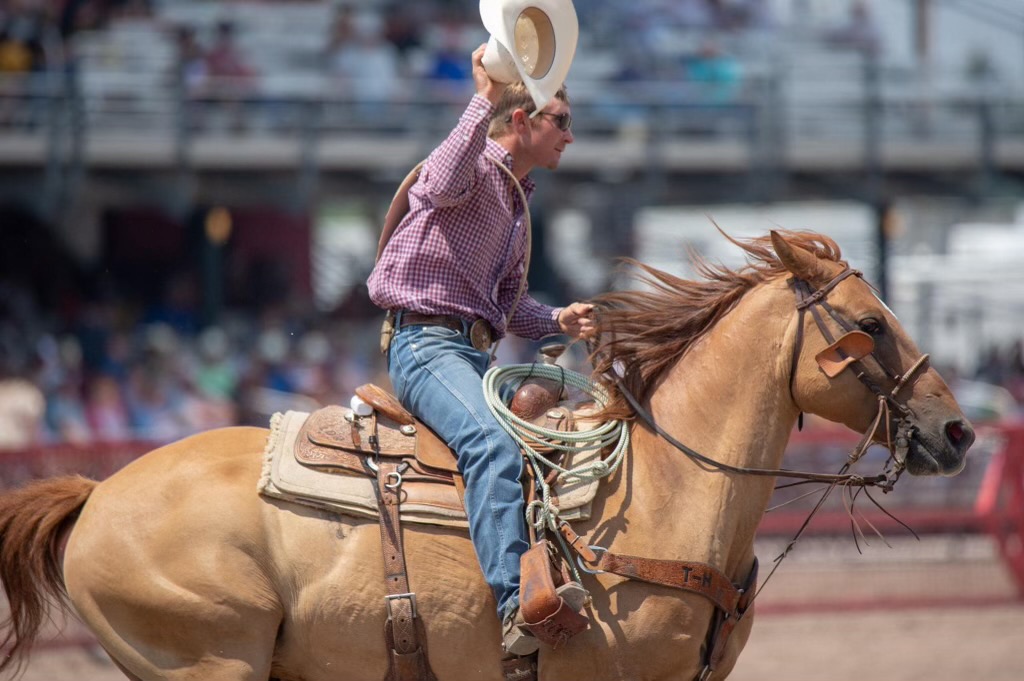
By: Krista Lucas Wynn | Copy Editor
The name, “Daddy of ’em All,” instantly brings to mind the world’s largest outdoor rodeo and western celebration. Cowboys and cowgirls from all across the country dream of competing on the iconic Cheyenne arena dirt.
Every July, pro rodeo contestants travel to Cheyenne, Wyom. to vie for the title of champion of the Cheyenne Frontier Days. The rodeo is steeped in western tradition and celebrated the 125th year this summer. With nearly two weeks of rodeo action, fans watched bareback riding, calf roping, breakaway roping, saddle bronc riding, team roping, steer wrestling, barrel racing, bull riding, and steer roping.
Steer roper, Tuff Hardman, knew winning “the Dad” was a tall order, but with a good horse and a few prayers he left no doubt who the best steer roper at Cheyenne was when it was all said and done. After two rounds, Hardman qualified back for the finals tied for ninth place with a time of 30.8 seconds.
To read more, pick up a copy of the September issue of NTFR magazine. To subscribe by mail, call 940-872-5922.
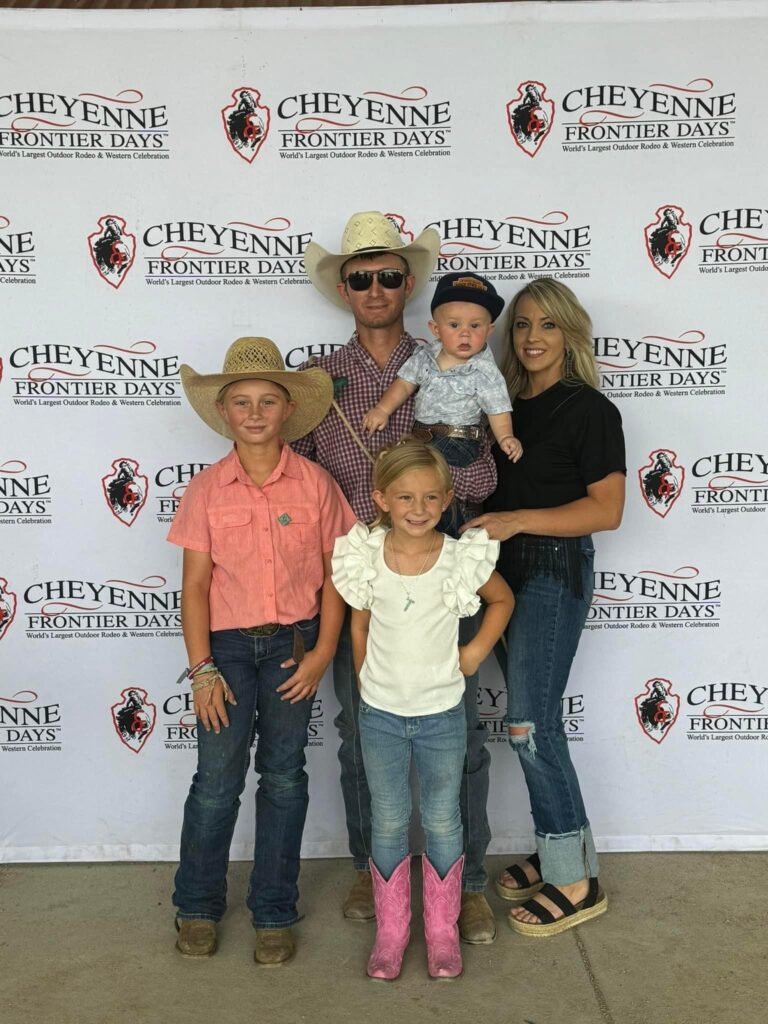
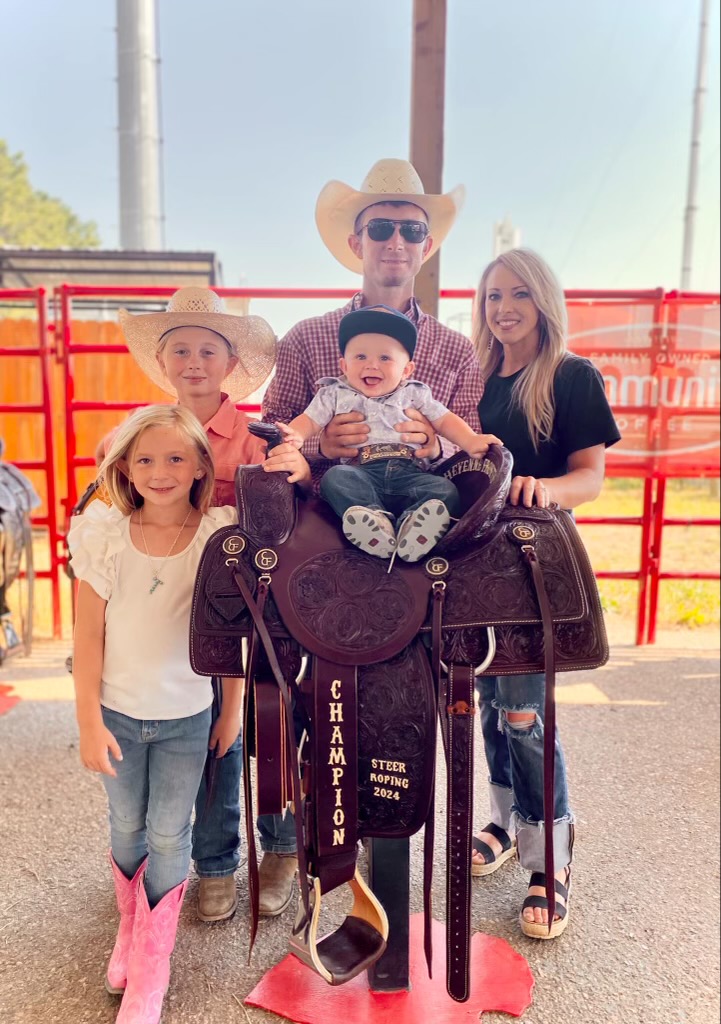

Country Lifestyles
Mandy Cleveland & Stable Strides Farm
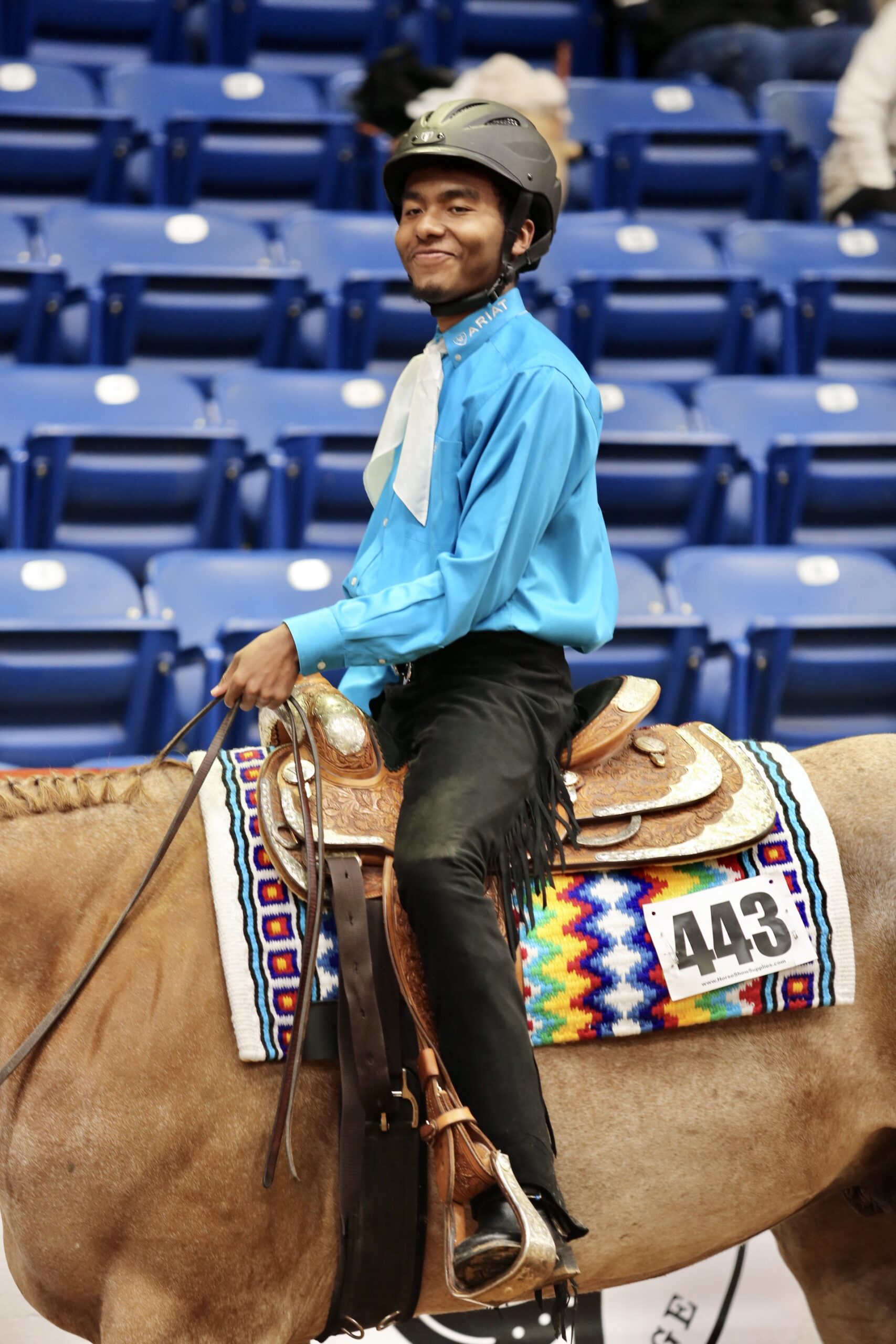
Utilizing the horse to human connection.
By: Hannah Claxton | Editor
Deep in the heart of Texas, both humans and horses at Stable Strides Farm in Pilot Point, Texas aer demonstrating just how big their hearts really are. Founded by Mandy Cleveland in 2001, Stable Strides Farm serves dozens of Equestrians with Disabilities and Veterans each week.
Deep in the heart of Texas, both humans and horses at Stable Strides Farm in Pilot Point, Texas aer demonstrating just how big their hearts really are. Founded by Mandy Cleveland in 2001, Stable Strides Farm serves dozens of Equestrians with Disabilities and Veterans each week.
“My boys have been riding since they were 18 months old, and for the first 17 years they had a leader and sidewalker. When we moved here, and Mandy started teaching them, she just said, ‘Let’s see what they can do,’ and they ride independently now,” Danielle Frank explained, whose two sons, Adison and Aiden, ride with Stable Strides Farm. “Mandy is amazing beucase she doesn’t place any limits on them, she always wants to see what they can do.”
It is her dedication to never setting limits that earned Cleveland a spot as a national finalist for the NSBA 2024 Dianne Eppers Cowgirls Reaching-Out-to-Community Award. The award was established by the NSBA Foundation to recognize cowgirls across the industry for their selfless contributions to the equestrian community.
To read more, pick up a copy of the September issue of the NTFR magazine. To subscribe by mail, call 940-872-5922.
(Photos Courtesy of Hannah Claxton)
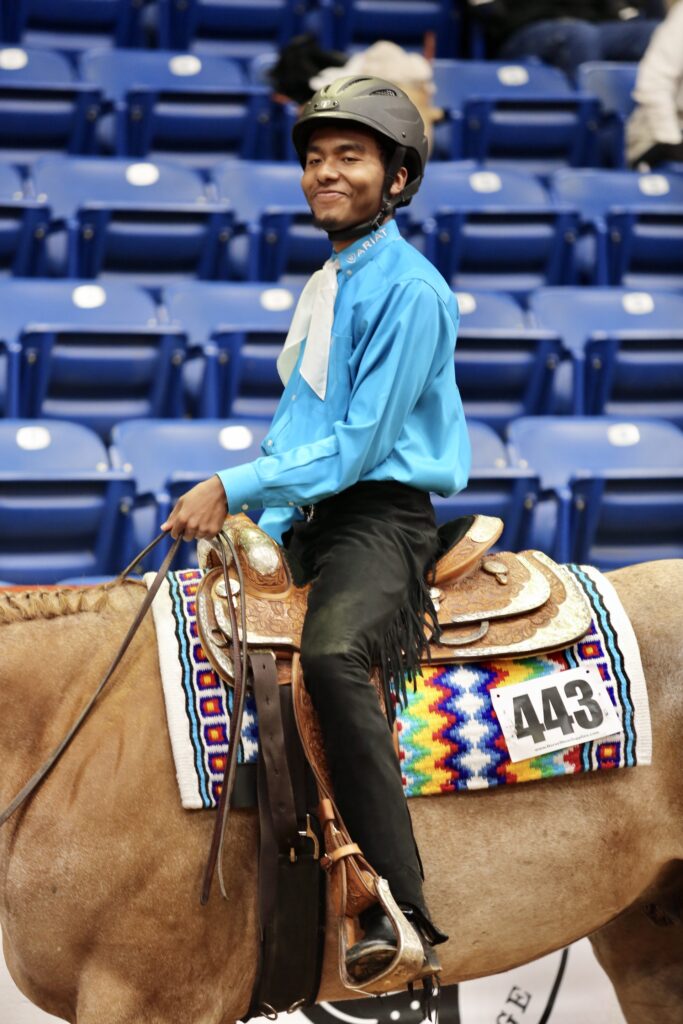
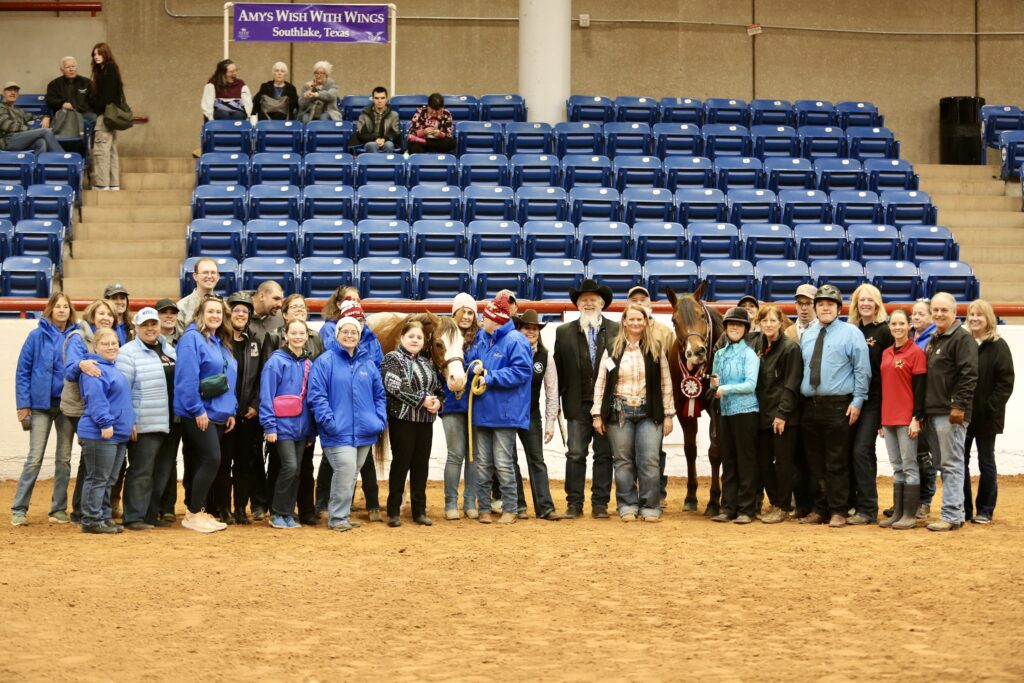
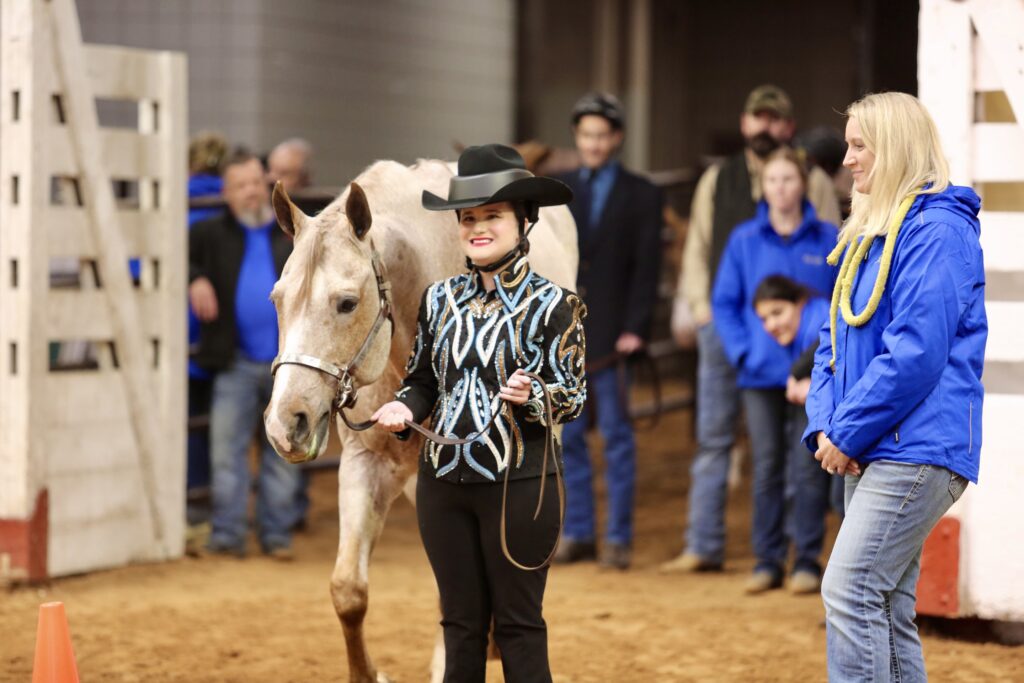
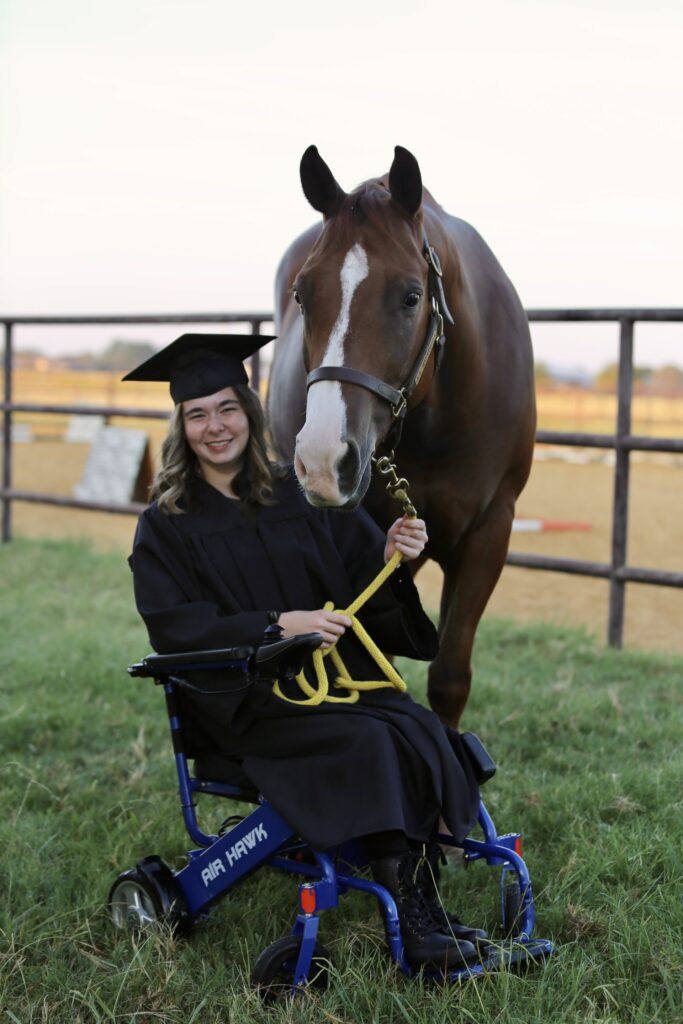
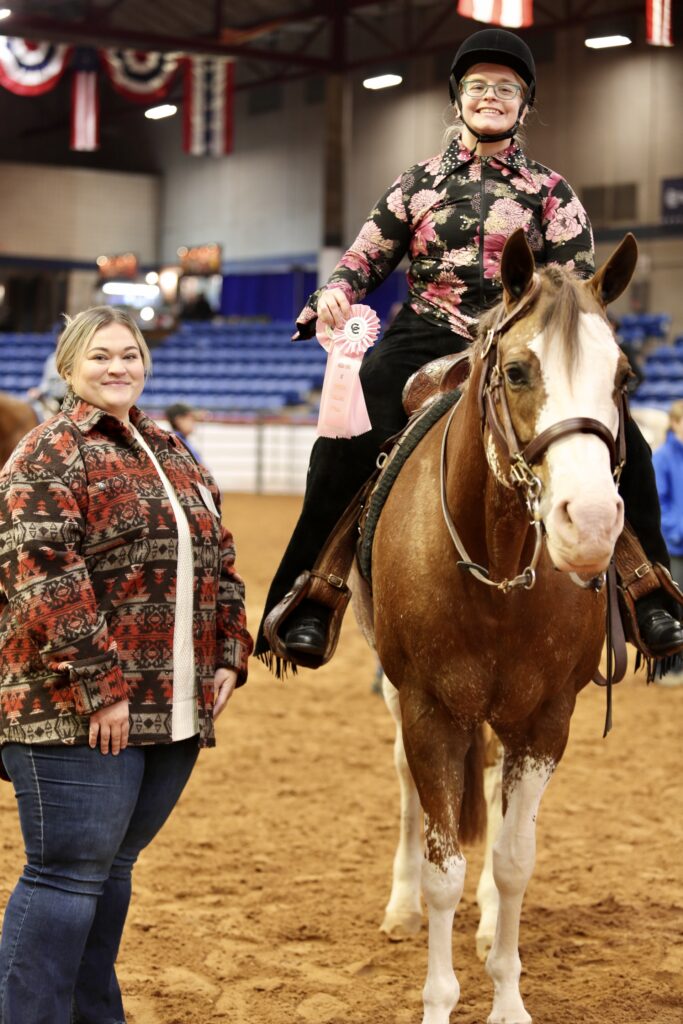
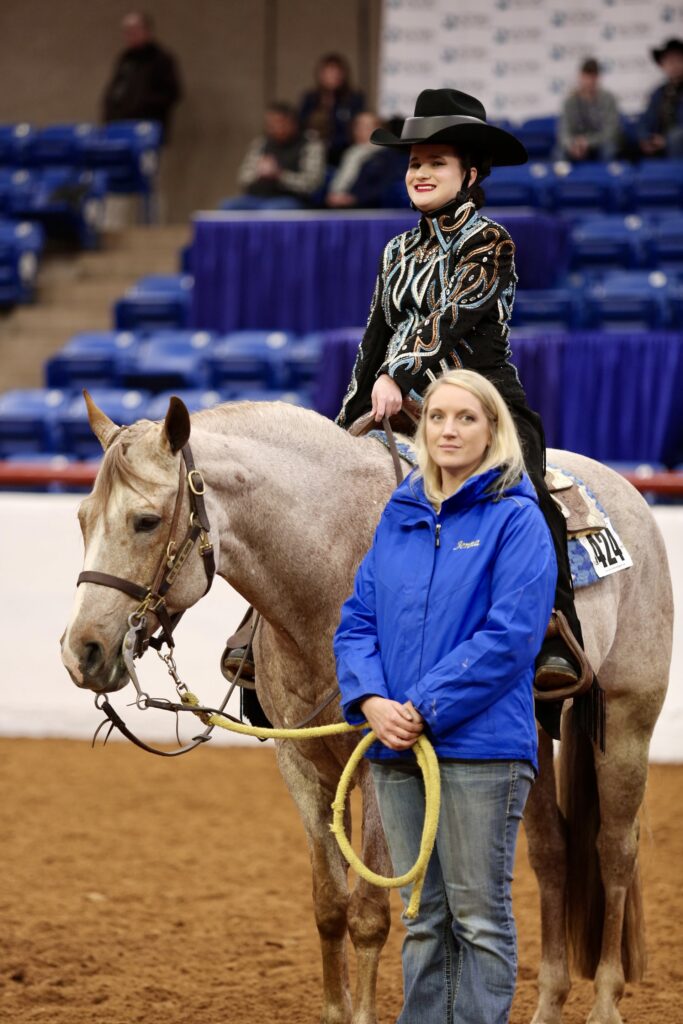
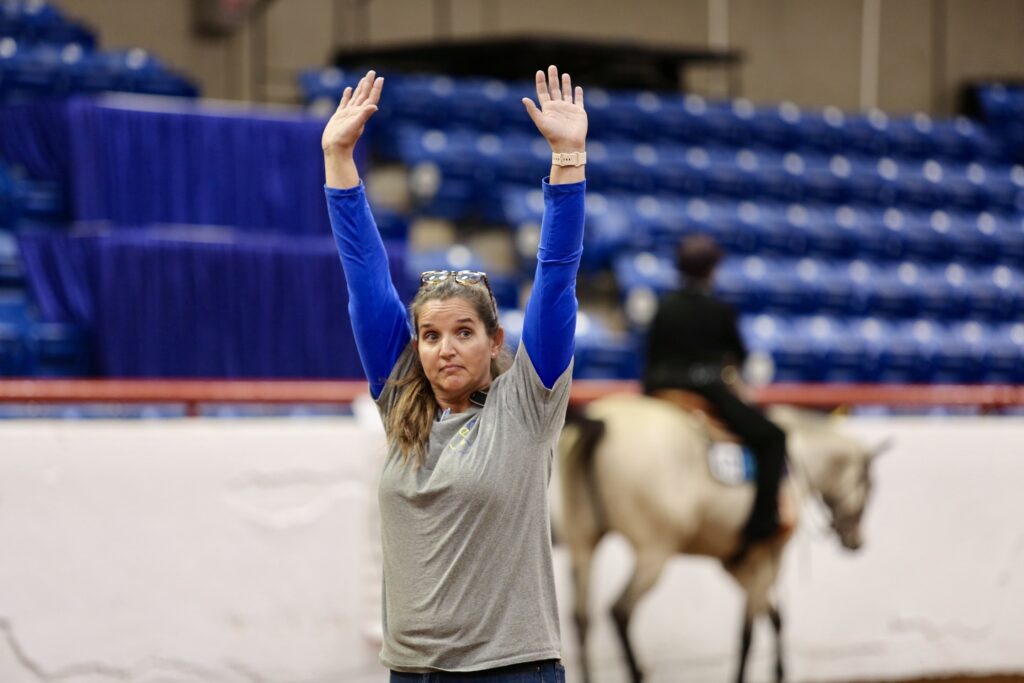
Equine
Beat the Heat
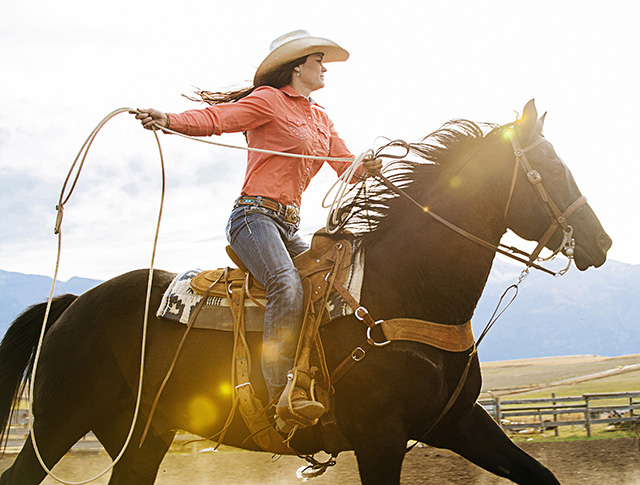
By Krista Lucas Wynn
The month of August is smack dab in the middle of summer. When in the thick of the hot summer days, it is important to keep horses, livestock and yourself cool, whether leisurely riding, competing or traveling. Texas temperatures, along with the humidity, can be extremely draining on equine athletes and riders alike.
The 100-plus degree days should come as no surprise. It happens routinely every year, and in true Texas summer fashion, it does not cool off much at night either. Horses cannot get much relief from the conditions, unless provided by a responsible owner. Sweating day in and day out can be detrimental to horse health.
It is vital to have fresh, cool water in front of horses at all times. Stalled horses should have at least two buckets in front of them. Electrolytes can help replace any lost hydration after riding. Fans are an important item to have on hand as well. They keep air moving, and now that it is dry and dusty, air movement is even more important.
To read more, pick up a copy of the August issue of NTFR magazine. To subscribe by mail, call 940-872-5922.
-

 Country Lifestyles2 years ago
Country Lifestyles2 years agoScott & Stacey Schumacher: A Growth Mindset
-

 Country Lifestyles8 years ago
Country Lifestyles8 years agoStyle Your Profile – What your style cowboy hat says about you and new trends in 2017
-

 HOME8 years ago
HOME8 years agoGrazing North Texas – Wilman Lovegrass
-

 Equine1 year ago
Equine1 year agoThe Will to Win
-

 Country Lifestyles5 years ago
Country Lifestyles5 years agoAmber Crawford, Breakaway Roper
-

 Outdoor9 years ago
Outdoor9 years agoButtercup or Primrose?
-

 Country Lifestyles8 years ago
Country Lifestyles8 years agoJune 2016 Profile – The man behind the mic: Bob Tallman
-

 Country Lifestyles8 years ago
Country Lifestyles8 years agoDecember 2016 Profile, Rusty Riddle – The Riddle Way




